
That's what we used to call them, but in fairness, the company made thousands of different types of connectors and other companies also made this same kind of connector. They were used in all kinds of professional equipment back in the day and have become infamous. For low current signals, they would cause intermittent problems. In high current applications such as power supplies, they would sometimes overheat and burn out. Definitely not recommended for aerospace applications!
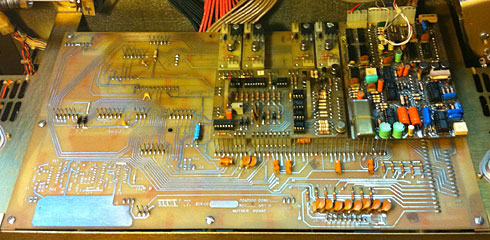
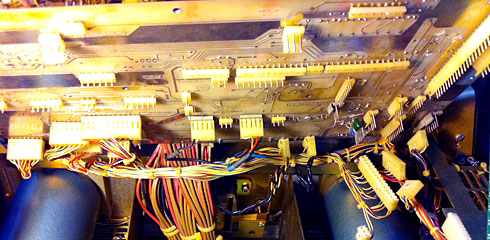
MCI used these types of connectors extensively, making their products a dream to work on. They also became their Achilles heel and are the number one cause of all MCI faults.
There are two issues with these types of connectors:
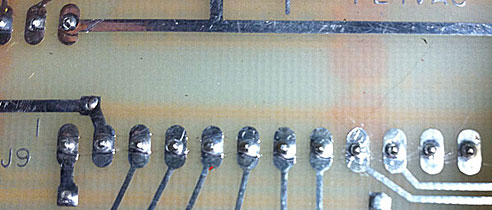
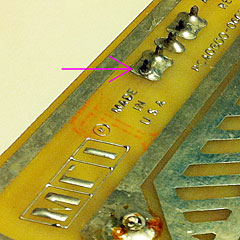
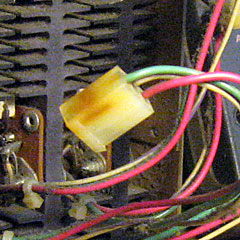
All male pins of Molex connectors need to be carefully resoldered. This means the removal of the Transport Motherboard in all tape machines, the audio motherboards of all JH-110 machines, the Channel Strip Boards of all JH-10, JH-100, JH-16 and JH-24 machines and all power supply boards. On all consoles, connectors on the motherboards need to be done - a very difficult job without actually removing the motherboards. The JH-600 console uses smaller types of connectors, but their motherboards are also plagued with this problem. With equipment of this age, this huge job should be considered mandatory. The good news is that this usually only needs to be done once in a lifetime. I have never had to revisit jobs done up to 30 years ago, but maybe I have just been lucky!
Before resoldering, it's a good idea to clean up the end of the exposed pin with a wire brush. Use plenty of fresh solder and flux. Take care not to overheat the pins, as this can melt the nylon connector base, allowing the pins to move or even fall out.
If there are signs of overheating as shown above, the connector should be replaced (or at least the crimp pin involved on receptacles). These types of connectors are still commonly available.
The second part of the job is to carefully clean the pins. I recommend firmly rubbing each pin with a cotton bud soaked in Caig Laboratories DeOxit D5 spray. You only need to do the side of the pin which makes contact with the receptacle contact. Do NOT scrape or sand them - if you go through the plating and expose the brass underneath, they will never be reliable again and must be replaced. If done properly, this job should last for at least five years and often lasts much longer. However, sensitive areas such as the Analogue Torque Board on tape machines may need to be done more often.
I am referring to the black rectangular connectors that interconnect the power supplies and console/machine. These were also made by other companies such as Jones and Painton. These types of connectors were generally reliable with double contacts for each pin. However, the male pins would get dirty with age.
Both sides of all male pins on these connectors should be cleaned with a cotton bud soaked in Caig Laboratories DeOxit D5 spray. The act of plugging in a freshly cleaned male connector with DeOxit residue is enough to also clean the female contacts.
Use caution when reconnecting these power looms. They carry mains voltages and it is possible to plug the females incorrectly, resulting in major damage.